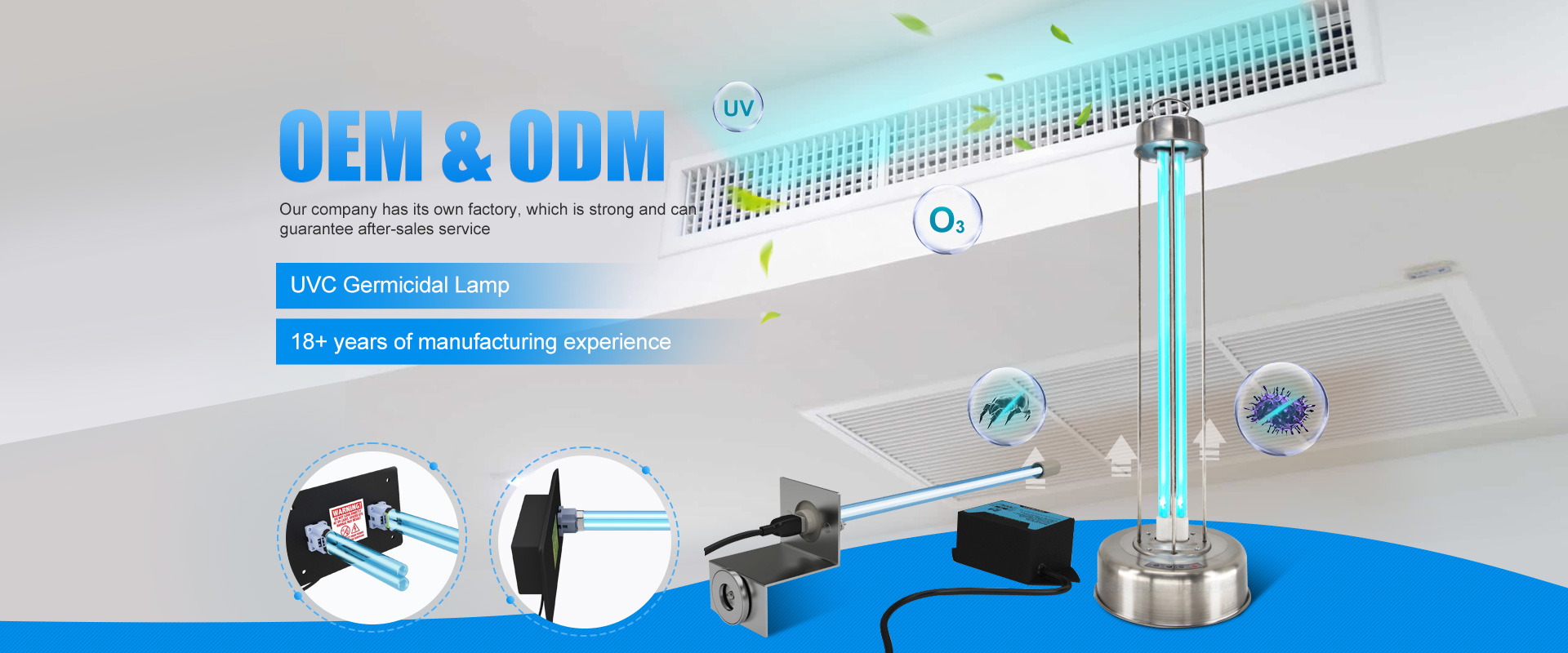Buying an Air Purifier?Here’s what you need to know.
As the weather warms and people start getting outdoors, it’s also a good time to focus on indoor air quality.
Indoor air can contain pollen and dust that can trigger allergies in the spring and smoke and fine particles in the summer during severe wildfire season.
The easiest way to refresh indoor air is to open doors and windows to ventilate the room.But if the room is poorly ventilated or there is already smoke outside, an air purifier can be especially useful, especially for people dealing with allergies, asthma, or other respiratory problems.
Sarah Henderson, director of environmental health services at the B.C. Centers for Disease Control, said there are several types of air purifiers on the market that do basically the same thing: They draw air from a room, clean it through a set of filters, and Then push it to exit.
Does it help get rid of COVID-19 bacteria?Yes, Henderson said.”It’s a win-win.” HEPA filters can filter out very small particles, including viruses in the SARS-CoV-2 size range.Air purifiers won’t keep your environment safe from Covid-19, but they can help reduce the risk of Covid-19 transmission, she said.
But what is HEPA?and CADR?How big should I buy?If you’re in the market for an air purifier, here are some tips:
• Check online reviews.There is a lot of feedback on air purifiers online.One tip is to do a keyword search on reviews.For example, search for “smoke” to see what other users have said about a product’s cigarettes or wildfire smoke.
• Use an air purifier that uses a HEPA filter.According to the U.S. Environmental Protection Agency, HEPA stands for High Efficiency Particulate Air, a filter that theoretically captures at least 99.95 percent of dust, pollen, smoke, bacteria, and other particles as small as 0.3 microns.
There are other types of air purifiers that operate differently, Henderson said.Electrostatic deposits charge particles in the air and attract them to the metal plate.But it’s harder to use and produces ozone, which itself is a respiratory irritant.
• Choose a quiet air purifier – if this is important to you.One of the reasons people don’t end up using machines is that they’re noisy, Henderson said.Be skeptical of the manufacturer’s claims about this, and check the reviews to see what users think.
• Consider choosing an air purifier that will tell you when to change the filter.As long as the filter is not clogged, the purifier will work fine.HEPA filters typically last one year, depending on usage.Some purifiers have a warning indicator to let you know it’s time to clean or replace the filter.The lifespan of a purifier depends on how often you run the device.Filter replacements typically cost $50 and more, depending on the brand and size, so factor that into the cost.
• No need to go the high-tech route unless you want to.Some air purifiers have Bluetooth and an app that lets you control them from your phone.Others have automatic sensors, remote controls, or charcoal or carbon inserts to help remove odors.The bells and whistles are nice, but unnecessary, Henderson said.”If you can afford it, it might be worth paying a premium for them. But they don’t affect the department’s ability to get the job done.”
• Choose the right size air purifier for your space.Knowing where you plan to use your air purifier is important to help you choose the right one.As a general guideline, most residential air purifiers are divided into small (bedrooms, bathrooms), medium (studio, small living room), and large (larger rooms such as open-plan living and dining areas).The bigger the device, the bigger the filters and airflow, but they also cost more.”So, if you have the budget, consider whether you can build a 100-square-foot bedroom and keep that area of the home cleaner, especially if you’re going to be there overnight,” Henderson advises.
• Calculate the correct CADR.The CADR rating stands for Clean Air Delivery Rate and is the industry standard for measuring the air flow of filtered air.It is measured in cubic meters per hour.The Home Appliance Manufacturers Association, which developed the rating, recommends taking the CADR rating and multiplying it by 1.55 to get the room size.For example, a 100 CADR purifier will clean a 155 square foot room (based on an 8 foot ceiling height).In general, the larger the room, the higher the CADR required.But higher isn’t necessarily ideal, Henderson said.”It’s not necessary to have a very high CADR unit in a small room,” she said.”It’s too much.”
• Shop early.When wildfire season hits, air purifiers fly off the shelves.So if you know you’re sensitive to smog and other pollutants, plan ahead and buy them early while they’re still available.
Postmedia is committed to maintaining an active and civilized discussion forum and encourages all readers to share their thoughts on our articles
.Comments can take up to an hour to moderate before appearing on the site.We ask that you keep your comments relevant and respectful.We have enabled email notifications – you will now receive an email if you receive a reply to your comment, an update to a comment thread you follow, or a comment from a user you follow.Please visit our Community Guide for more information and details on how to adjust your email settings.
https://www.lyl-airpurifier.com/.all rights reserved.Unauthorized distribution, dissemination or republication is strictly prohibited.
This website uses cookies to personalize your content (including advertising) and to allow us to analyze our traffic.Read more about cookies here.By continuing to use our site, you agree to our Terms of Service and Privacy Policy.
Post time: May-30-2022

